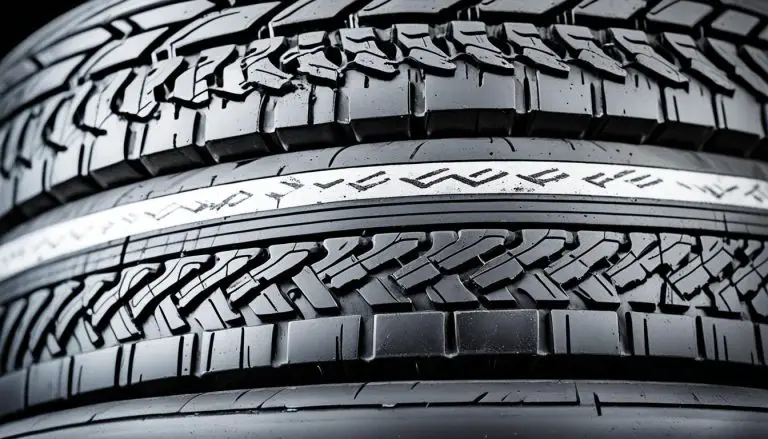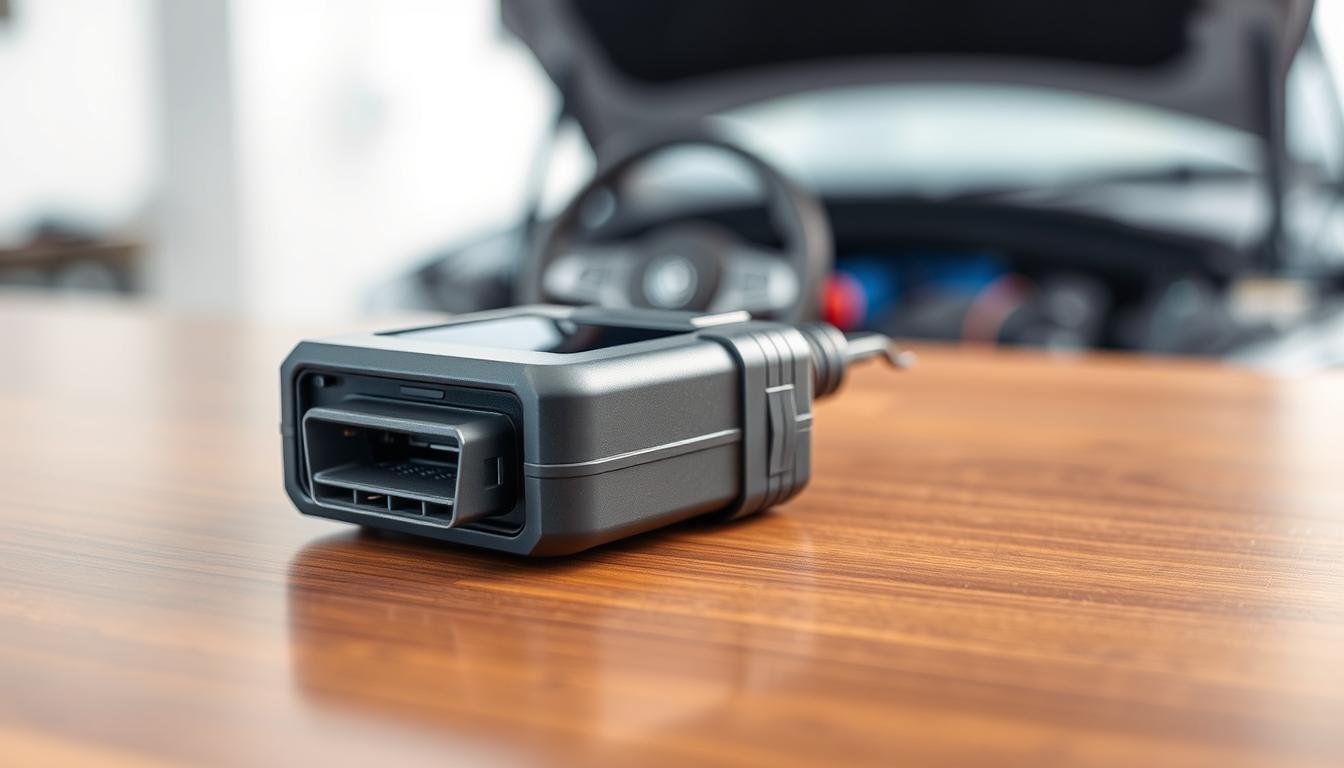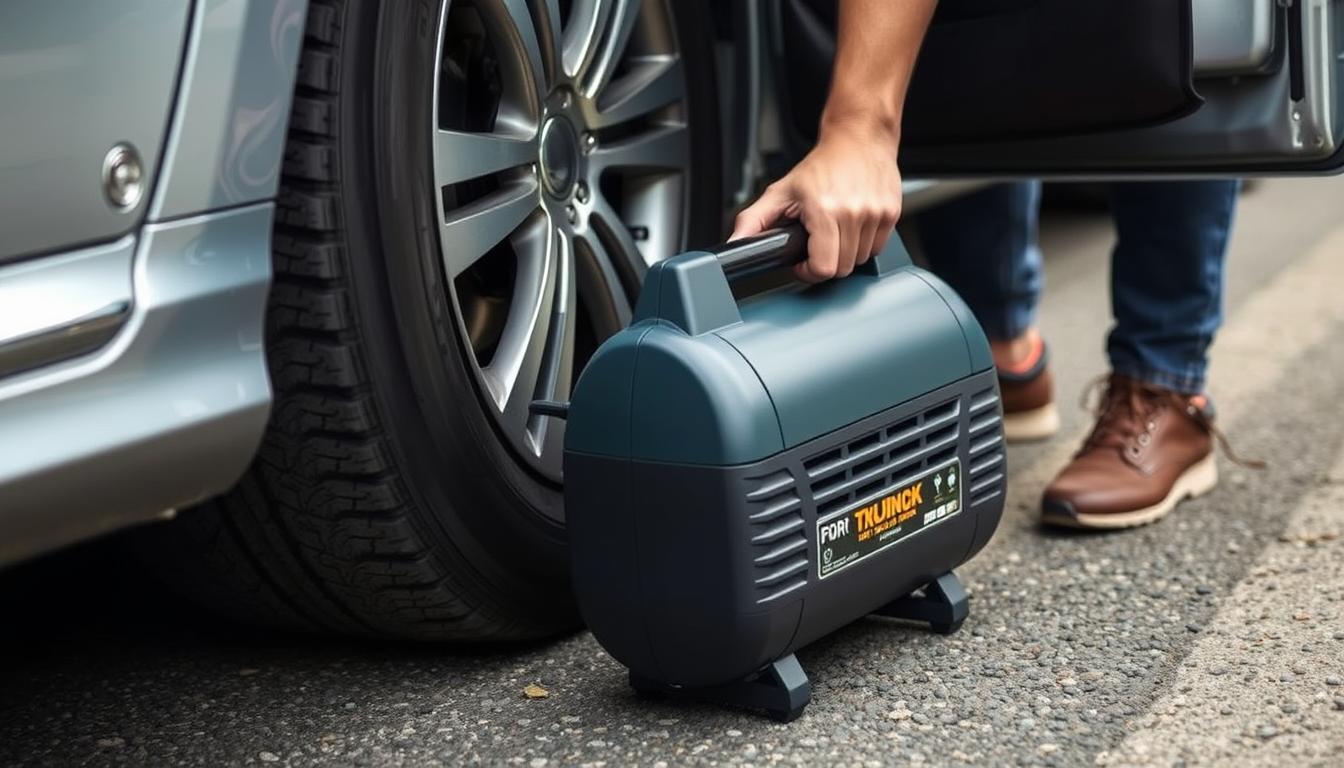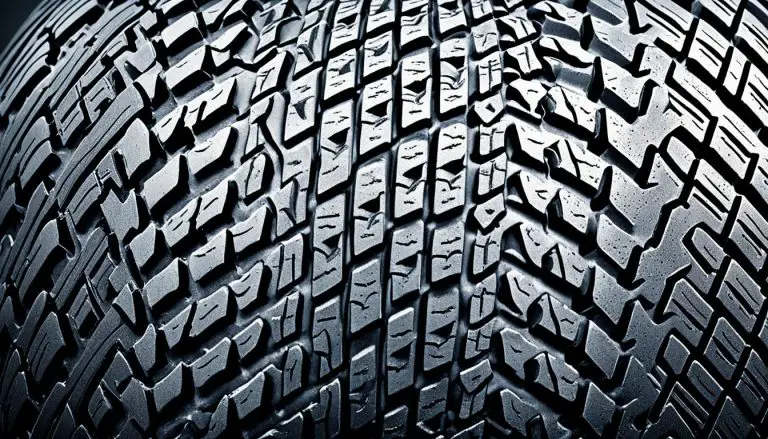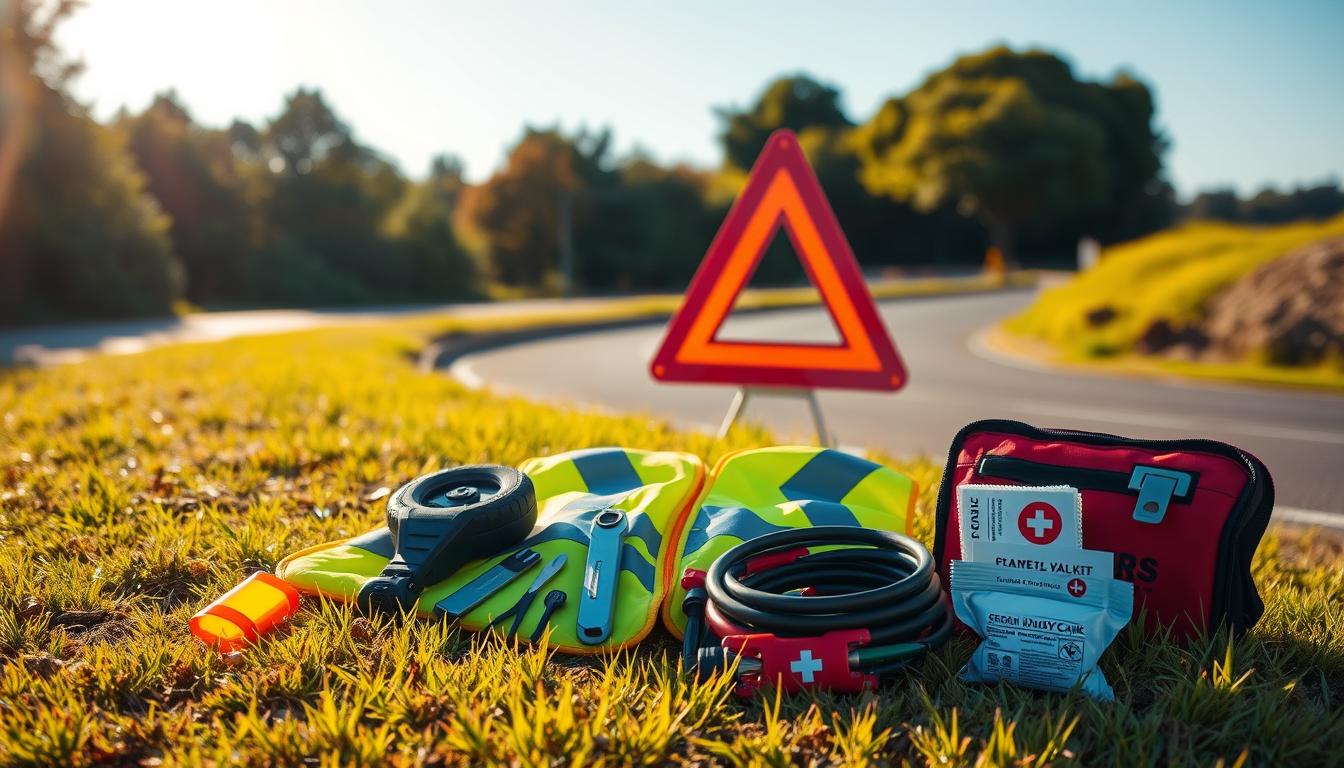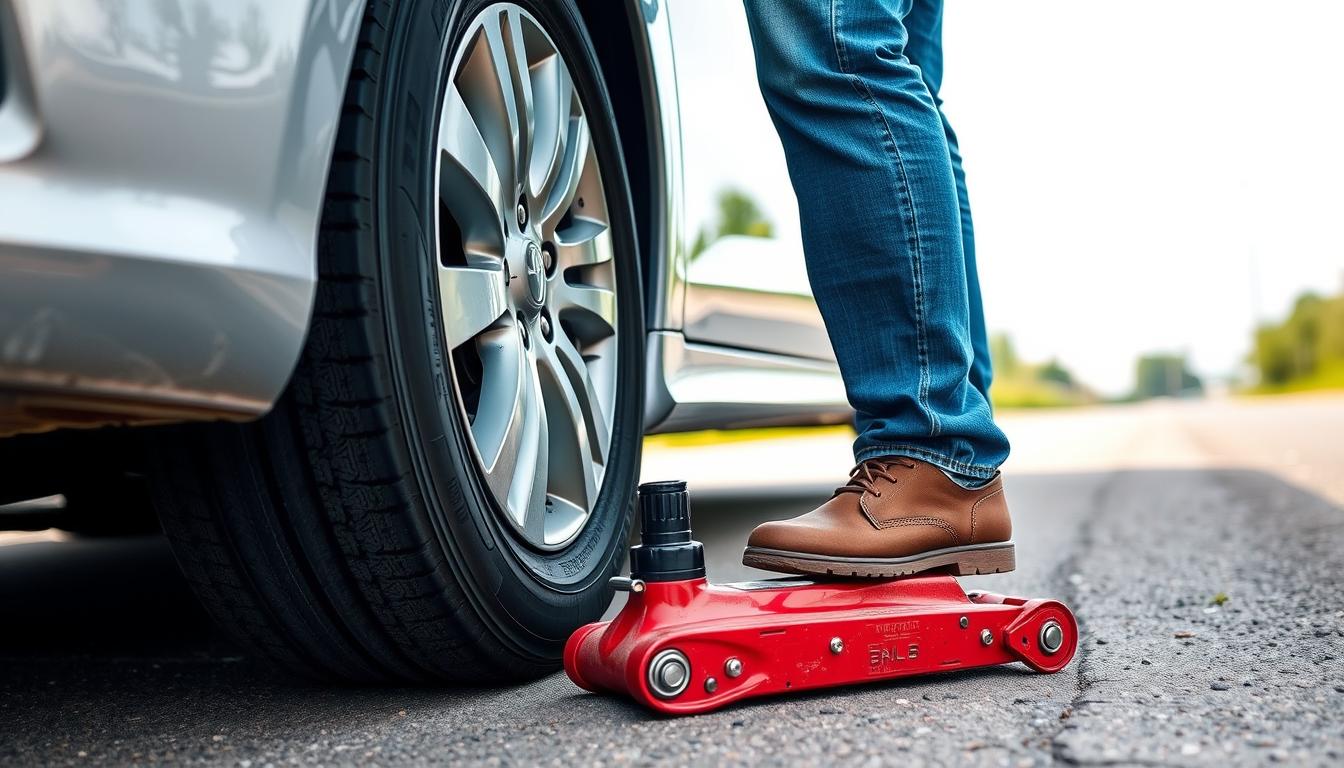
Why Every Vehicle Owner Needs a Reliable Car Jack
Car jacks are indispensable tools for any vehicle owner. While most cars come with a basic jack for emergency tire changes, these factory-provided tools often lack durability and ease of use. Investing in a quality car jack ensures you’re prepared for roadside emergencies and enables you to perform basic maintenance tasks with confidence.
Did you know? The average driver will experience at least 5 flat tires during their lifetime. Having a reliable car jack in your vehicle can save you time, money, and stress when these unexpected situations occur.
Beyond emergency situations, a good car jack allows you to perform routine maintenance like brake pad replacements, oil changes, and tire rotations. This not only saves you money on mechanic visits but also gives you greater control over your vehicle’s care and maintenance schedule.
Common Types of Car Jacks: Features, Pros, and Cons
Car jacks come in several varieties, each designed for specific uses and vehicle types. Understanding the differences between these types will help you select the most appropriate one for your needs.
Scissor Jacks
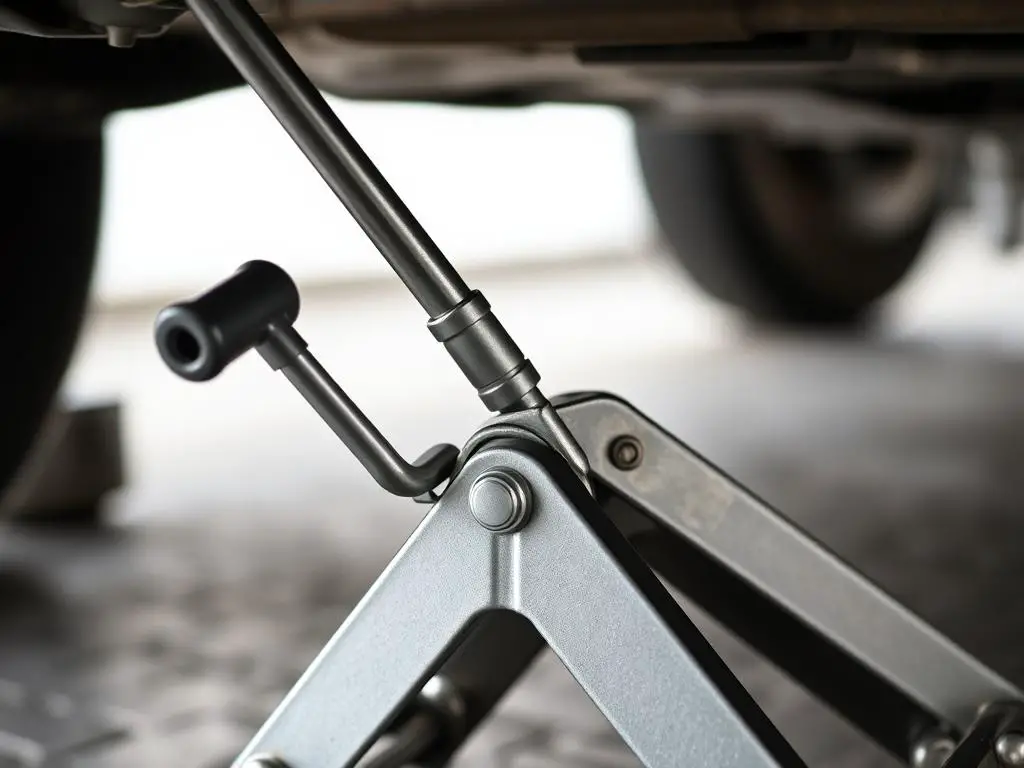
Scissor jacks are the most common type included with new vehicles. They operate through a mechanical screw mechanism that expands when you turn the handle, lifting your vehicle gradually.
Advantages
- Compact and lightweight design
- Easy to store in your trunk
- No hydraulic fluid to leak
- Relatively inexpensive ($20-$50)
Disadvantages
- Requires significant manual effort
- Slower lifting process
- Limited weight capacity (usually 1-1.5 tons)
- Less stable than other jack types
Best for: Emergency tire changes and occasional use with smaller vehicles. Most suitable for drivers who need a compact option for roadside emergencies.
Hydraulic Floor Jacks
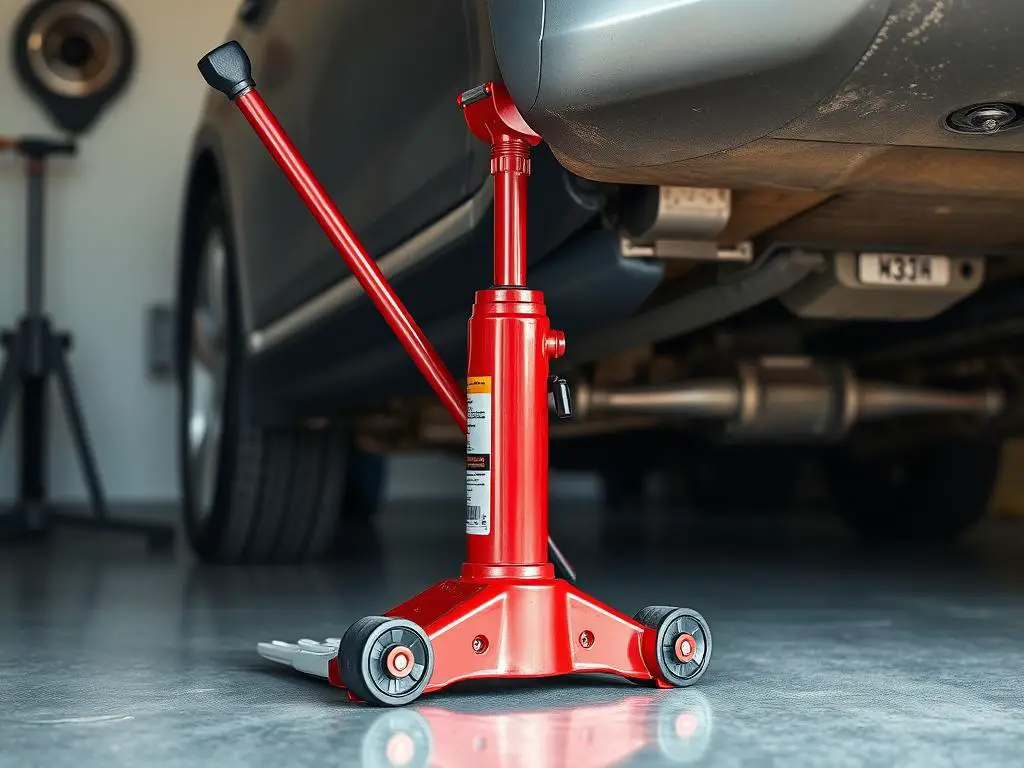
Floor jacks use hydraulic pressure to provide powerful lifting capability with minimal effort. They feature wheels for easy positioning and a long handle that serves as both a pump and steering mechanism.
Advantages
- Quick and easy lifting with minimal effort
- Higher weight capacities (2-3 tons standard)
- More stable base for safety
- Precise control when raising and lowering
Disadvantages
- Bulky and heavy (15-30 pounds)
- More expensive ($70-$200 for consumer models)
- Not practical to carry in your vehicle
- Requires maintenance of hydraulic fluid
Best for: Home garage use, frequent maintenance tasks, and heavier vehicles. Ideal for car enthusiasts who regularly work on their vehicles.
Bottle Jacks
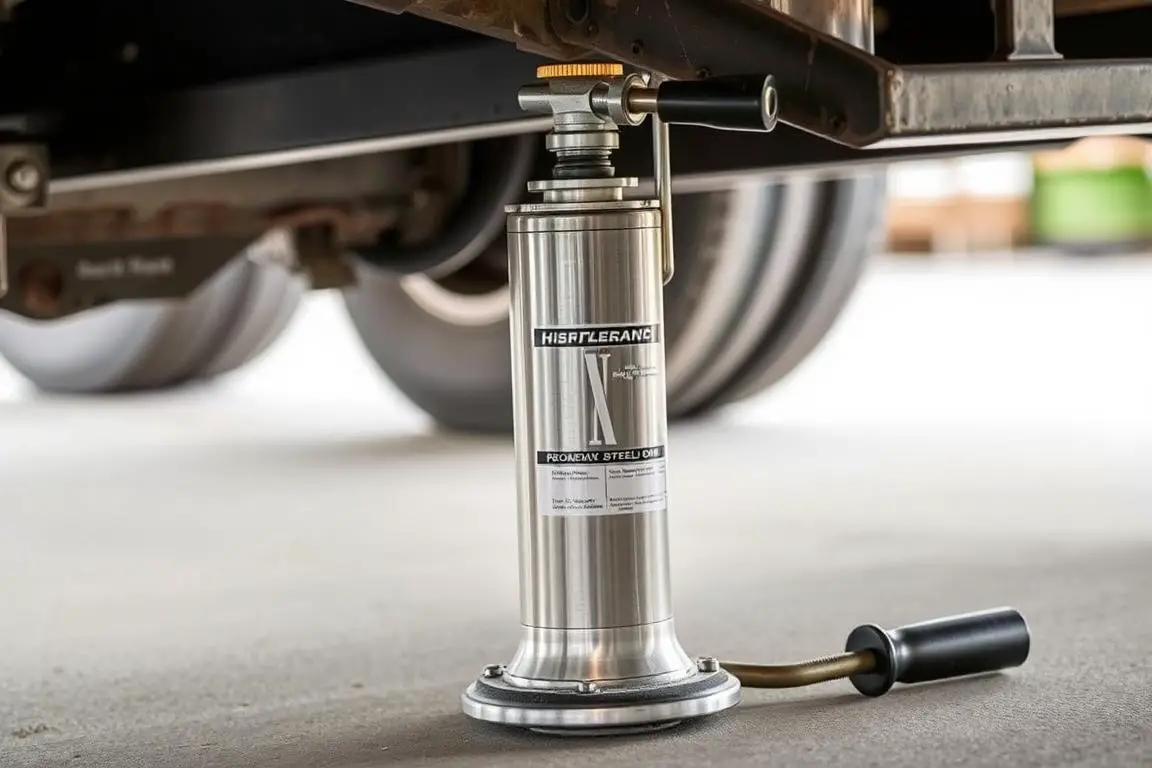
Bottle jacks feature a vertical hydraulic cylinder that resembles a bottle. They provide substantial lifting power in a relatively compact package, making them popular for lifting trucks, SUVs, and other high-clearance vehicles.
Advantages
- Impressive weight capacities (2-50 tons)
- More compact than floor jacks
- Greater lifting height
- Moderately priced ($25-$100)
Disadvantages
- Requires higher minimum clearance
- Less stable on soft surfaces
- Not suitable for low-profile vehicles
- Smaller base footprint
Best for: Trucks, SUVs, and vehicles with higher ground clearance. Excellent for those who need significant lifting power in a somewhat portable package.
Low Profile Jacks
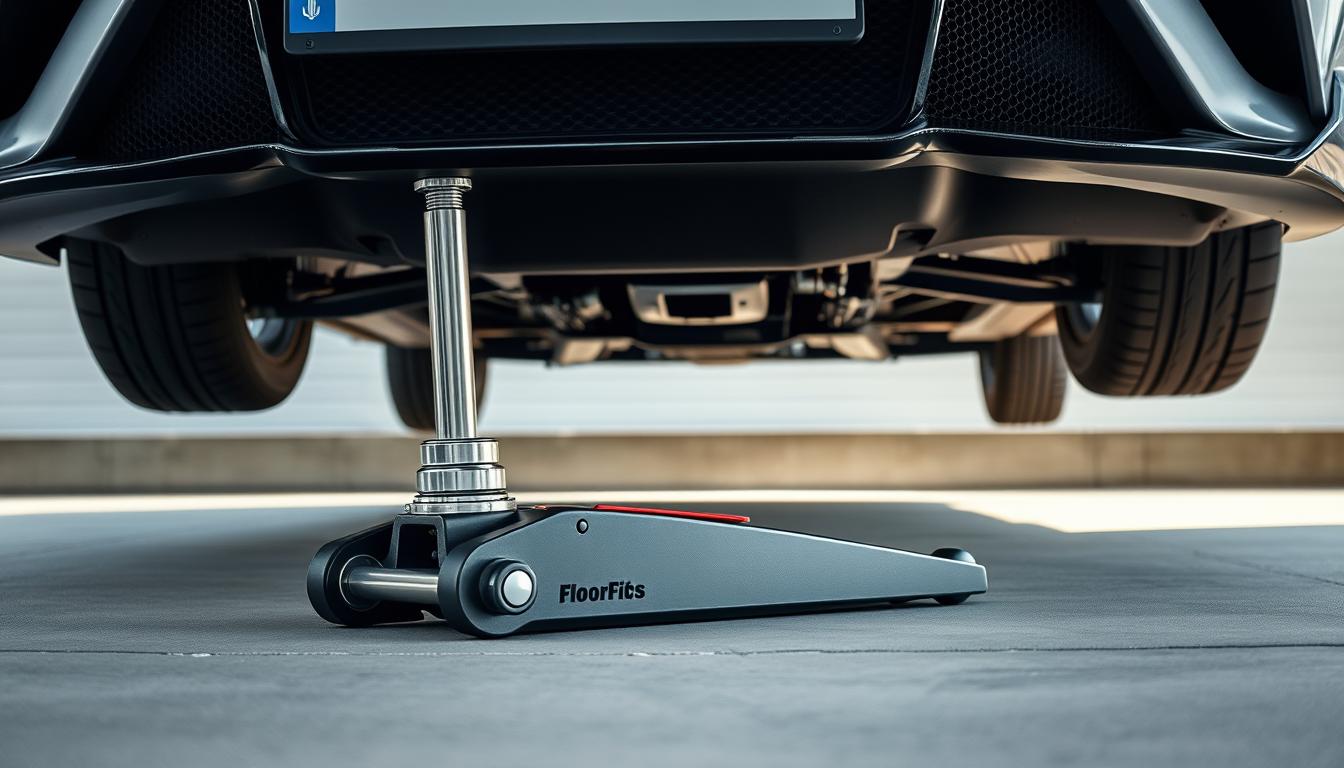
Low profile jacks are specialized floor jacks designed with a lower minimum height to accommodate sports cars and other vehicles with minimal ground clearance.
Advantages
- Can fit under vehicles with as little as 3″ clearance
- Same benefits as standard floor jacks
- Often include extended lifting range
- Ideal for sports and luxury cars
Disadvantages
- More expensive ($100-$300)
- Heavier than standard floor jacks
- Larger footprint for storage
- May sacrifice maximum height for low entry
Best for: Sports cars, lowered vehicles, and luxury automobiles with minimal ground clearance. Essential for owners of vehicles that standard jacks can’t access.
How to Choose the Right Car Jack: Buying Guide
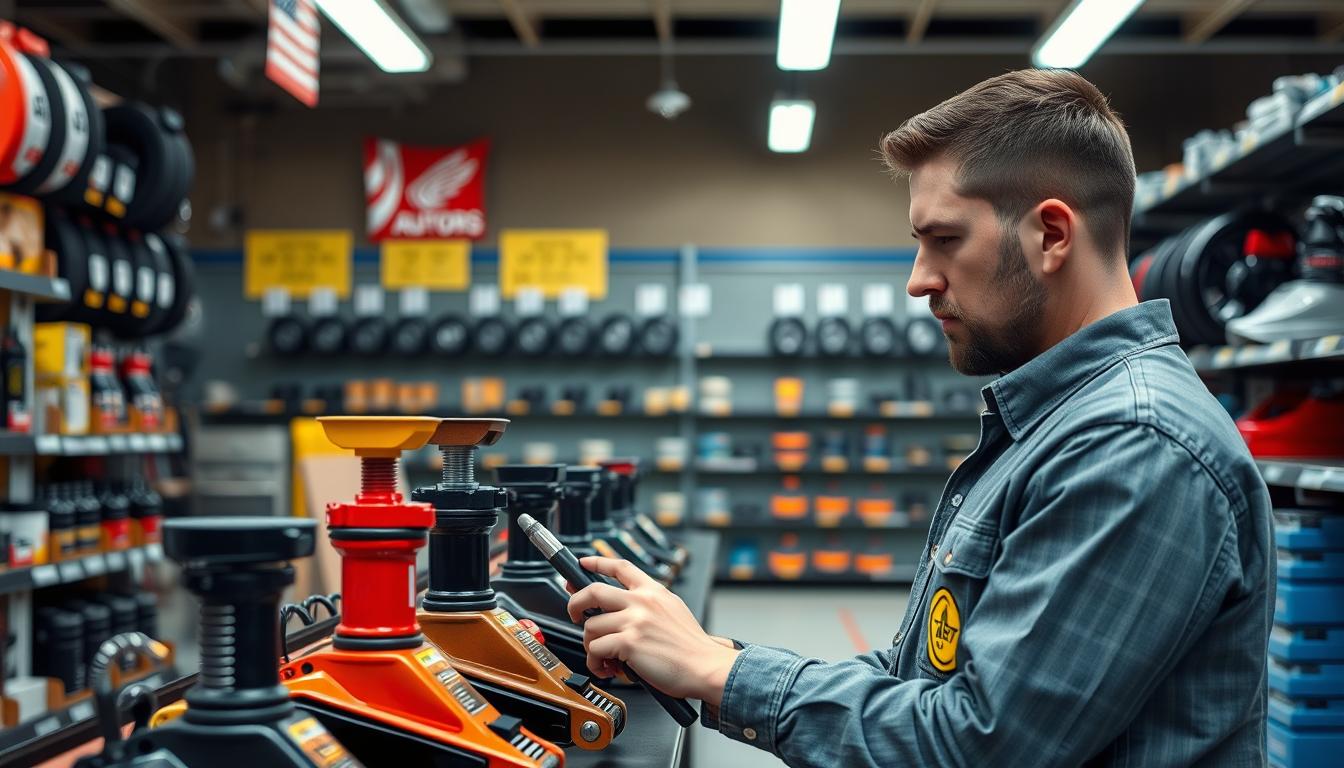
Selecting the right car jack involves considering several important factors that will ensure you get a tool that’s safe, effective, and appropriate for your specific vehicle and needs.
Key Factors to Consider When Buying a Car Jack
| Factor | Why It Matters | What to Look For |
| Weight Capacity | Ensures the jack can safely lift your vehicle | Choose a jack rated for at least 75% of your vehicle’s weight |
| Minimum Height | Determines if the jack can fit under your vehicle | For low vehicles, look for 3-3.5″ minimum height |
| Maximum Height | Determines how high the jack can lift | At least 14-18″ for most passenger vehicles |
| Construction Material | Affects durability and weight | Steel for durability, aluminum for lighter weight |
| Portability | Determines if you can carry it in your vehicle | Compact design for emergency jacks |
| Safety Features | Protects you during use | Overload protection, safety valves, locking mechanisms |
Top-Rated Car Jacks for Different Needs

Best Overall: Duralast 3 Ton Floor Jack
This versatile floor jack offers excellent value with a 3-ton capacity, dual-pump quick lift system, and sturdy steel construction. Ideal for most passenger vehicles and light trucks.
Price Range: $140-$160
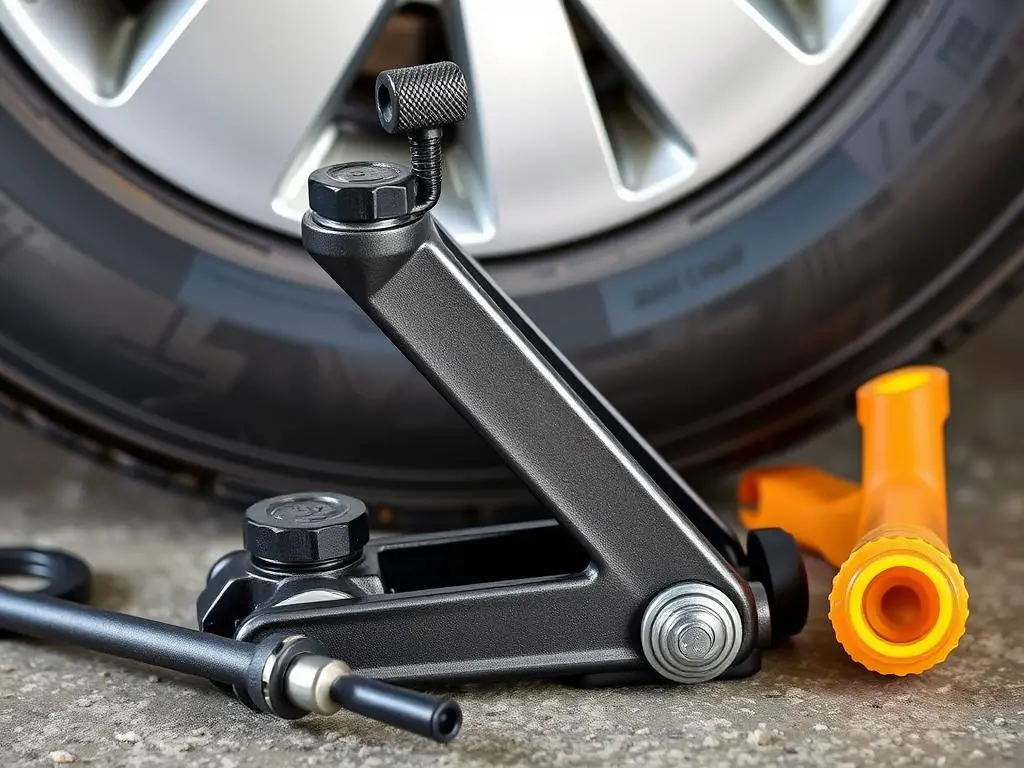
Best Budget: Duralast 2 Ton Scissor Jack
An affordable and compact option perfect for emergency tire changes. This scissor jack offers reliable performance for lighter vehicles and occasional use.
Price Range: $60-$70
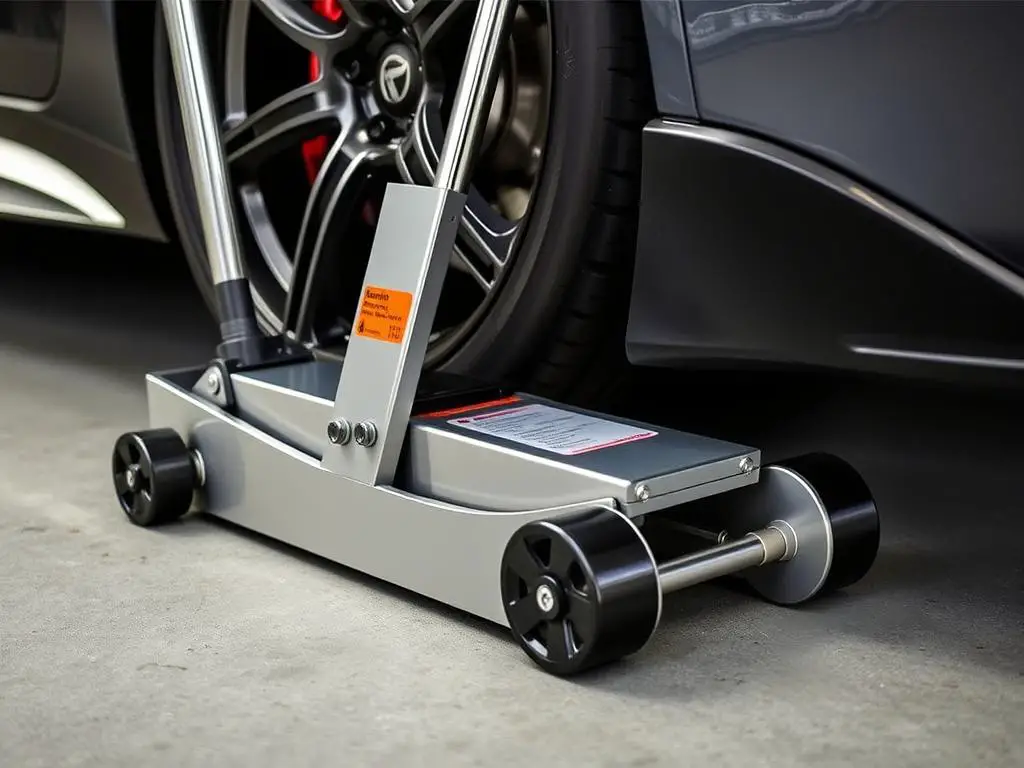
Best Premium: Duralast Gold 3 Ton Aluminum Floor Jack
A professional-grade aluminum jack that combines lightweight construction with impressive lifting capacity. Perfect for enthusiasts and those with low-profile vehicles.
Price Range: $250-$300
Not Sure Which Jack Is Right For You?
Use our interactive tool to find the perfect car jack based on your vehicle type, intended use, and budget.
Essential Safety Tips for Using Car Jacks
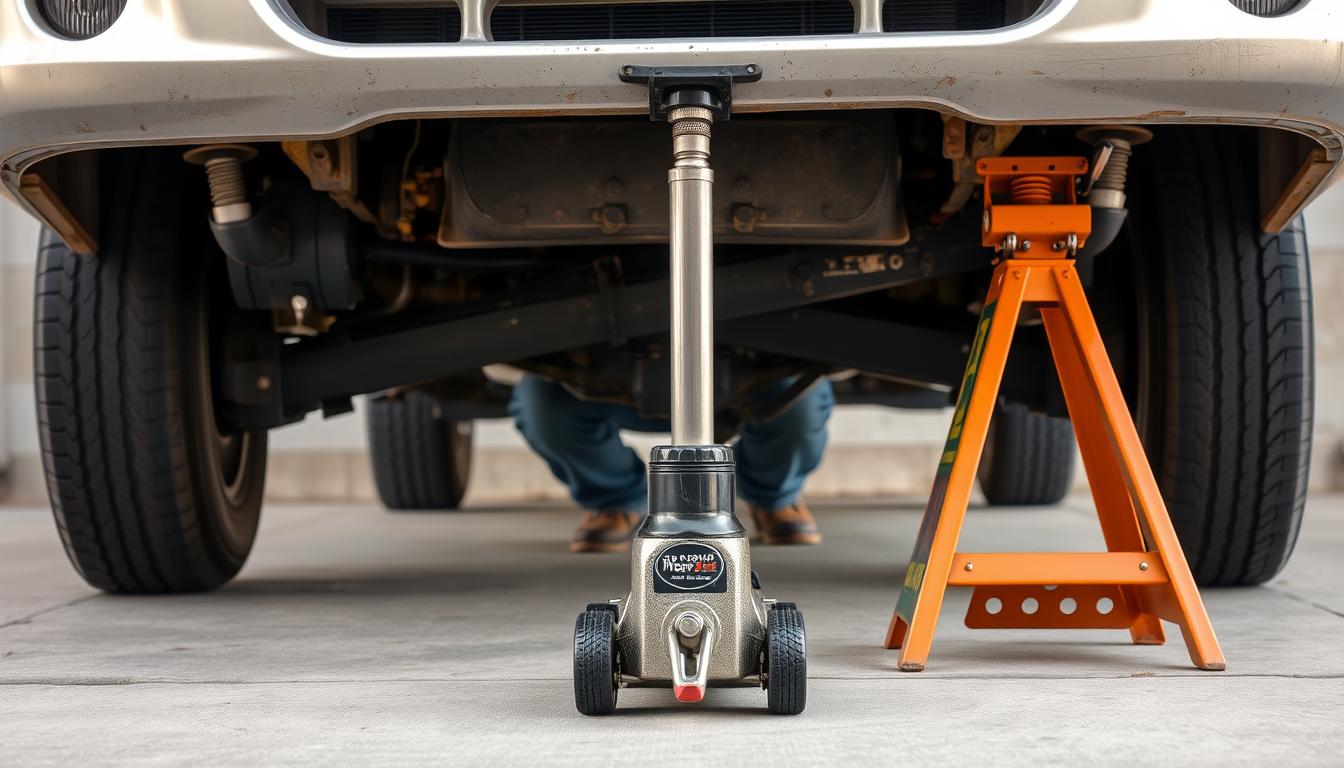
Using a car jack improperly can lead to serious injury or even death. Follow these critical safety guidelines whenever you lift your vehicle.
WARNING: Never Work Under a Vehicle Supported Only by a Jack
Always use jack stands to support the vehicle before positioning yourself underneath it. A jack is a lifting device, not a support device.
Before Lifting Your Vehicle
- Park on a flat, level, hard surface. Avoid lifting on gravel, dirt, or inclined surfaces.
- Apply the parking brake and put the vehicle in “Park” (automatic) or in gear (manual).
- Place wheel chocks on the wheels opposite to the one being lifted to prevent rolling.
- Consult your vehicle’s owner manual to identify the proper lifting points.
- Clear the area of people, especially children and pets.
During the Lifting Process
- Position the jack securely under a designated lifting point.
- Raise the vehicle just enough to complete your task—no higher than necessary.
- Once lifted, place jack stands under appropriate support points.
- Slowly lower the vehicle onto the jack stands until they bear the weight.
- Give the vehicle a gentle shake test to ensure stability before proceeding.
After Completing Your Work
- Ensure all tools and parts are clear of the vehicle’s underside.
- Raise the vehicle slightly to remove the jack stands.
- Lower the vehicle slowly and controlled—never drop it quickly.
- Remove the jack and wheel chocks.
- Check that all lug nuts are properly tightened if you changed a tire.
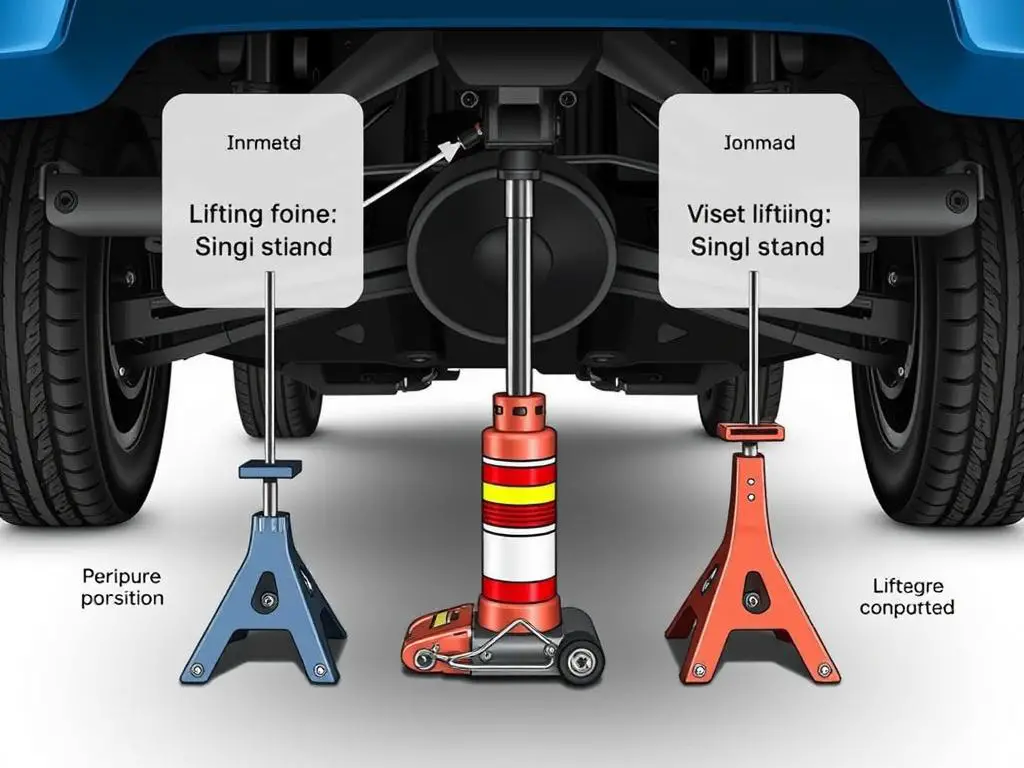
Safety First: Get Essential Jack Stands
Never work under a vehicle without proper support. Jack stands are an essential safety companion to any car jack.
Maintaining Your Car Jack for Longevity
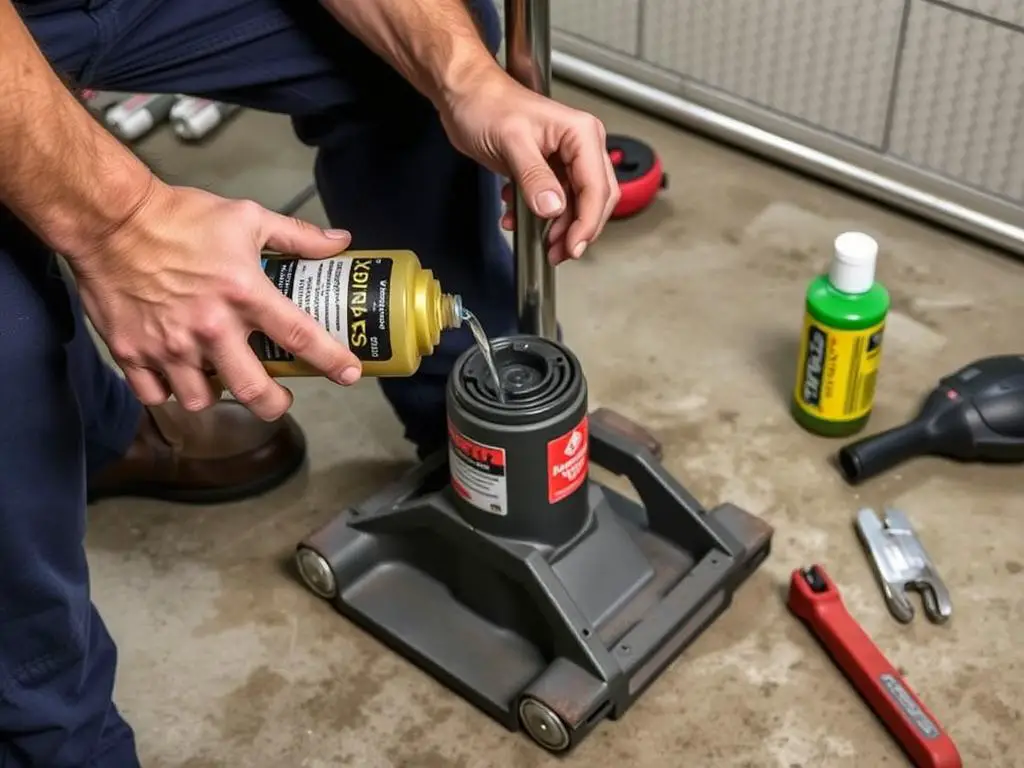
Proper maintenance ensures your car jack remains reliable and safe for years to come. Different jack types require specific care routines.
Hydraulic Jack Maintenance
- Check hydraulic fluid levels every 3-6 months
- Inspect for fluid leaks before each use
- Keep the pump piston and lifting arm lubricated
- Store in upright position to prevent air in the hydraulic system
- Replace hydraulic fluid annually for frequently used jacks
Scissor Jack Maintenance
- Keep the screw mechanism clean and free of debris
- Apply lithium grease to the threads periodically
- Check for rust and apply rust inhibitor if needed
- Inspect for bent or damaged components before use
- Store in a dry place to prevent corrosion
“A well-maintained car jack is like insurance—you hope you never need it in an emergency, but when you do, you’ll be grateful you took care of it.”
Frequently Asked Questions About Car Jacks
How much weight can a car jack lift?
Car jack weight capacities vary by type. Scissor jacks typically handle 1-1.5 tons, standard floor jacks range from 2-3 tons, and bottle jacks can lift anywhere from 2-50 tons depending on the model. Always choose a jack rated for at least 75% of your vehicle’s weight.
Where should I position the car jack on my vehicle?
Always position the car jack at manufacturer-designated lifting points. These are typically reinforced areas along the frame or body that can safely support the vehicle’s weight. Consult your owner’s manual for the exact locations specific to your vehicle model.
Can I use a car jack on any surface?
No. Car jacks should only be used on flat, level, hard surfaces like concrete or asphalt. Never use a jack on dirt, gravel, or inclined surfaces as this can cause the jack to sink or tip, potentially leading to serious injury or vehicle damage.
How long do car jacks typically last?
With proper maintenance, a quality car jack can last 10-15 years or more. Hydraulic jacks typically require more maintenance than mechanical scissor jacks but often provide longer service life when properly cared for.
What’s the difference between a floor jack and a bottle jack?
Floor jacks have a horizontal design with wheels for easy positioning and use a hydraulic system with a long handle for lifting. Bottle jacks are vertical, more compact, and typically offer higher lifting capacities but require more clearance underneath the vehicle to position properly.
Conclusion: Investing in the Right Car Jack for Your Needs
Choosing the right car jack is an important decision that impacts both your safety and convenience when performing vehicle maintenance or handling roadside emergencies. By understanding the different types available, considering your specific vehicle requirements, and following proper safety protocols, you can ensure you’re well-equipped for whatever situation arises.
Remember that a car jack is only as good as its user—always follow manufacturer guidelines and safety best practices. And while the factory-provided jack in your vehicle may be sufficient for occasional emergency use, investing in a higher-quality jack appropriate for your specific needs will pay dividends in safety, efficiency, and peace of mind.
Ready to Upgrade Your Car Jack?
Browse our recommended selections based on reliability, safety features, and value for money.
